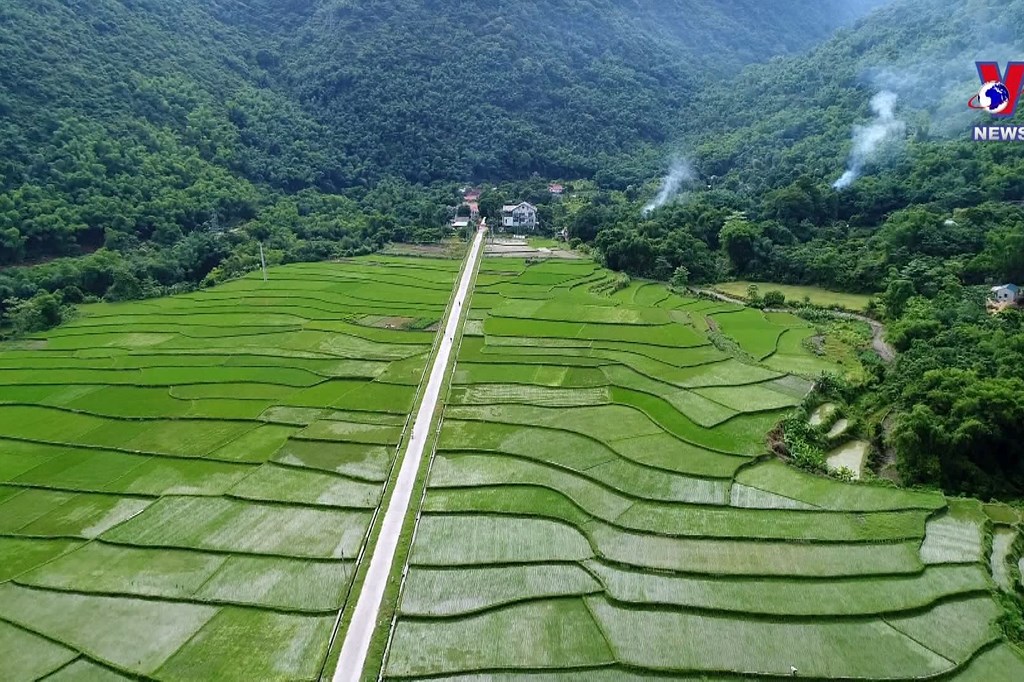
Mai Chau is a destination where visitors can admire nature’s majestic beauty, unique and wild ecosystems, and, especially, the hospitality of local ethnic minority people. During spring, plum blossoms bloom throughout local villages and are a sight to behold.